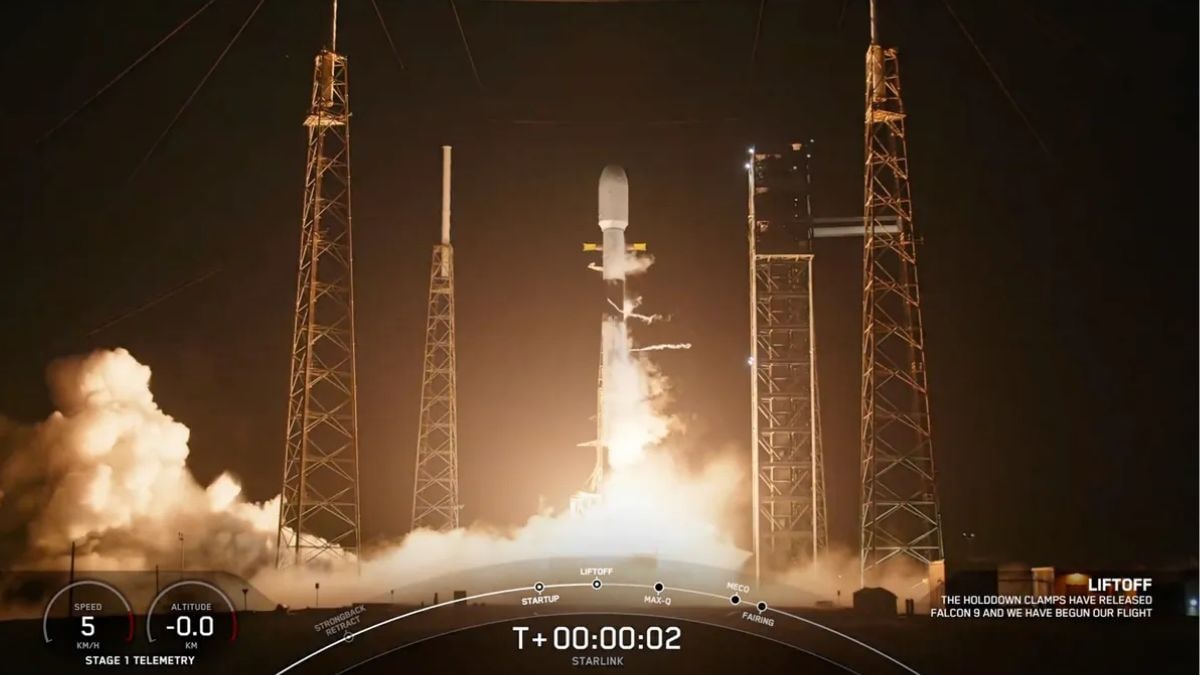SpaceX Launches 28 Starlink Satellites from Florida: What You Need to Know

SpaceX has expanded its constellation even more by sending another set of Starlink broadband satellites into orbit. At 2:28 a.m., the Falcon 9 rocket rose off Cape Canaveral Space Force Station in Florida, carrying 28 Starlink satellites. EDT (0628 GMT) on May 9, the company’s second Starlink launch in a little over six hours. The most recent launch had been the preceding evening from California’s Vandenberg Space Force Base. SpaceX wants to build the biggest fleet of working satellites in low-Earth orbit; hence, this flight helps to achieve that.
SpaceX’s Falcon 9 Achieves 11th Reuse as Starlink Network Surpasses 7,300 Satellites in Orbit
As per a SpaceX mission report, the Falcon 9’s first stage dropped gently on the autonomous drone ship A Shortfall of Gravitas in the Atlantic Ocean just eight minutes after launch. This particular booster flew for the 11th time, one of the ways SpaceX tries to fly its boosters for as many missions as feasible to reduce the cost of launching. From there, the rocket’s upper stage propelled it farther into low Earth orbit, where it was scheduled to deploy the 28 Starlink satellites 65 minutes after launch.
The launch was the 55th Falcon 9 mission of 2025, and 38 of those have been in support of the Starlink effort. Starlink is SpaceX’s ambitious project to offer global high-speed internet coverage to the world using thousands of interconnected satellites. More than 7,300 satellites are currently orbiting in space, and the project is growing rapidly, as new batches of satellites will continue launching.
And the speed of these launches, the frequency of them, demonstrates how much SpaceX has become the king of commercial spaceflight. Typically launching multiple times within 24-hour periods, the company points to the complexity of its launch capability and operating rhythm. The May 10 flight was more proof of concept of SpaceX’s now well-established reliance on reusable Falcon 9 capability and pinpoint orbital delivery.
Some analysts note that the continued development of Starlink could have broader implications for traffic management and space debris regulation in orbit, as well as for world internet coverage. Regulators and space agencies are monitoring the expanded network’s environmental and operational impacts in low Earth orbit.






